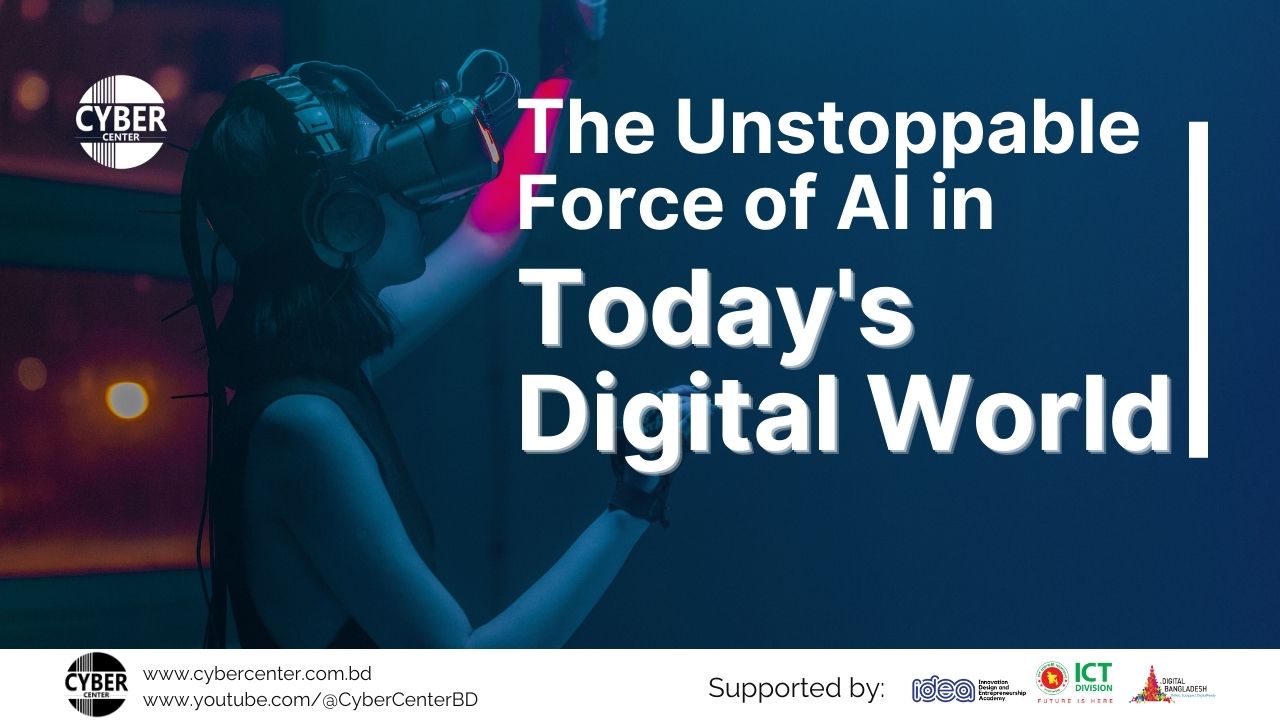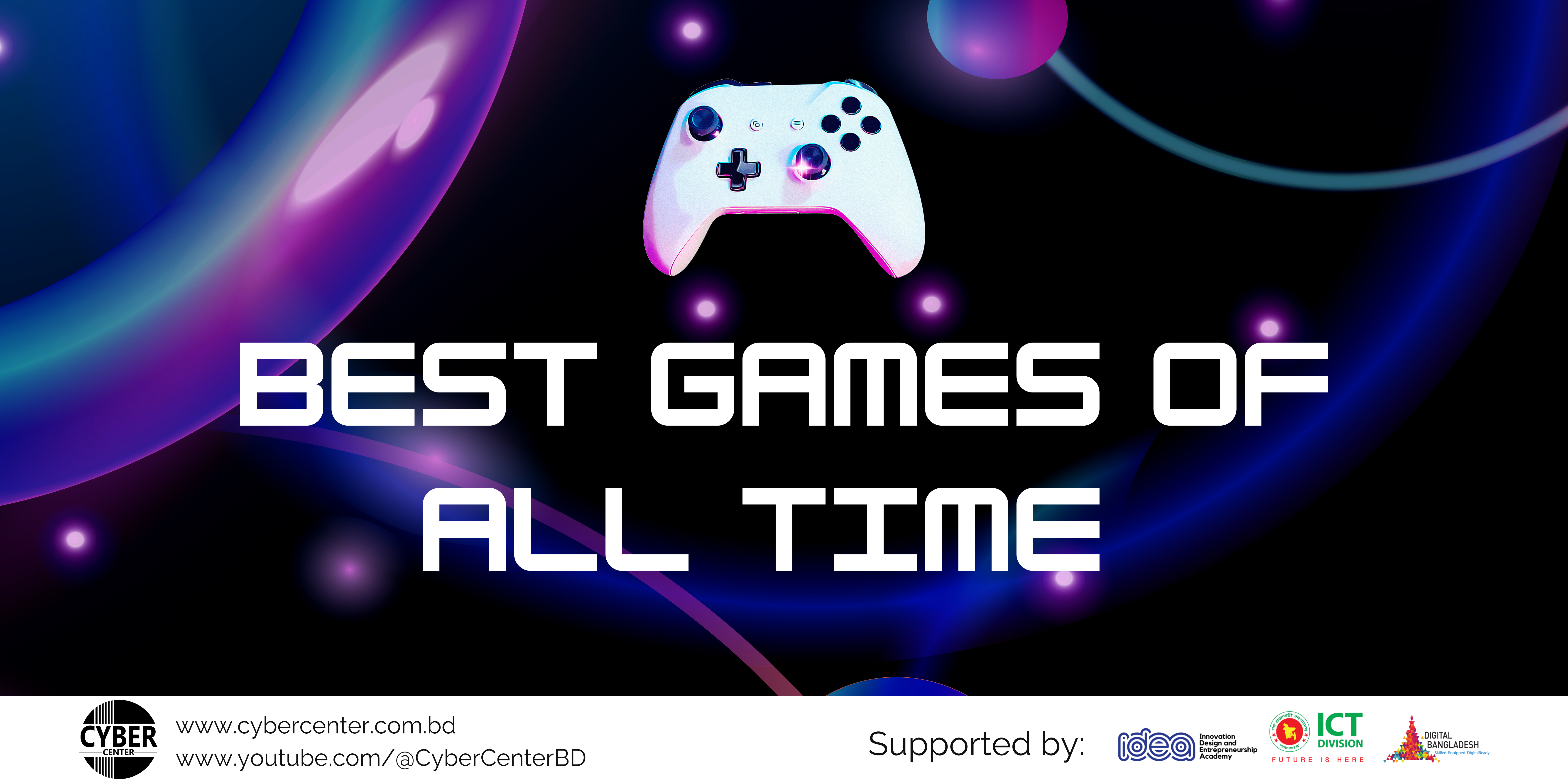Twitter, a well-known social media network that has transformed the way we interact, just underwent a major overhaul. The reasons for this change have left users and industry enthusiasts in a state of curiosity. This blog seeks to address frequently asked questions (FAQs) pertaining to the rebranding of Twitter, shedding insight into the underlying factors and concerns that influenced this choice.
Q1: Why did Twitter decide to rebrand?
A1: The early branding of Twitter was largely related to its intended function of microblogging and brief communications. However, as the platform progressed, its services were extended to include live events, news updates, and multimedia material. The goal of the rebranding was to connect Twitter’s brand identification with these improvements and represent the company’s larger capabilities.
Q2: How does the rebranding fit into Twitter’s overall business strategy?
A2: Twitter’s business model has moved to one that emphasizes real-time chats, breaking news, and user interaction. The rebranding was a deliberate strategy to highlight these features and position Twitter as more than simply a social networking platform. It attempted to promote Twitter as a reputable source of up-to-date information and a focus for global event-related debates.
Q3: Was the rebranding done to entice new users?
A3: Absolutely. With the social media scene becoming more competitive, Twitter understood the need of growing its user base. The new logo aimed to make the site more attractive, appealing, and relevant to a broader population. The goal was to attract new users while keeping current ones interested.
Q4: Was the rebranding mostly focused on aesthetic changes?
A4: Although the rebranding process included significant visual alterations, it is crucial to acknowledge that other changes were also vital to the overall transformation. The makeover of Twitter encompasses more than just changes to logos and color palettes. Additionally, it included the enhancement of functionality, the optimization of user experience, and the implementation of improvements to the overarching brand story. The objective was to build a cohesive brand identity that resonated with individuals.
Q5: Will Twitter’s future development and success be impacted by the rebranding?
A5: The makeover is an audacious move toward being relevant in today’s fast-paced digital environment. Twitter hopes to attract more users, enhance engagement, and distinguish itself from the competition by better matching its brand perception with its present products. While the rebranding’s effectiveness remains to be proven, it does set the framework for Twitter’s continuing development and expansion.
Conclusion
Twitter’s choice to rebrand arises from the platform’s development and the necessity to realign its brand identity. Twitter hopes that by undergoing this metamorphosis, it would be able to accommodate its expanding functionality, attract new users, and improve its brand image. The makeover represents Twitter’s dedication to keeping ahead in an ever-changing digital market, while also paving the way for exciting improvements in the future.





